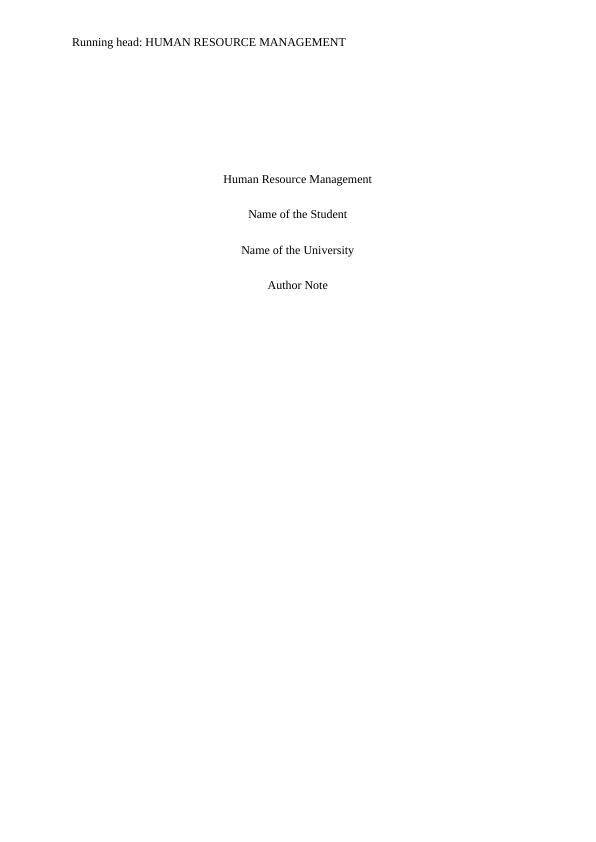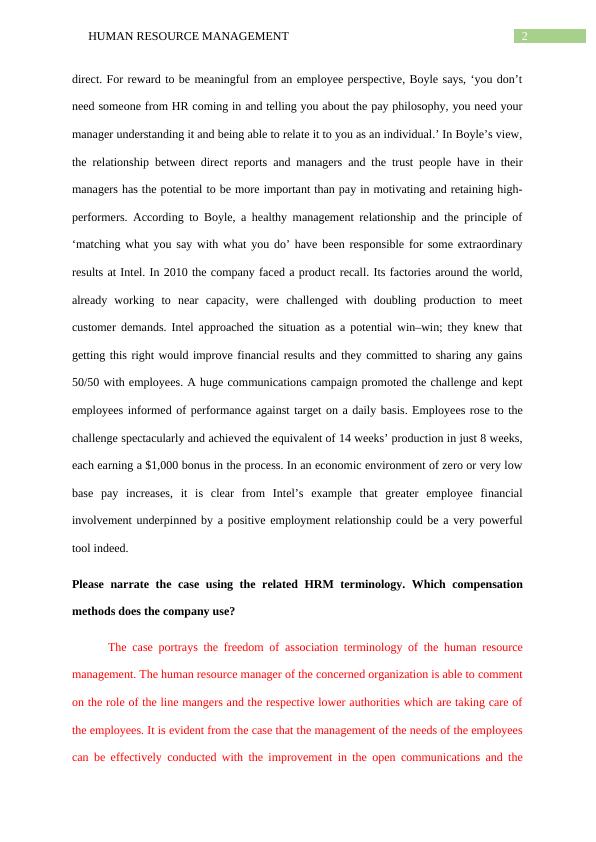Case Study: Intel Corporation Europe
Intel Corporation Europe's approach to reward and employment relationship, their mission, and the key factors contributing to their success.
9 Pages2276 Words328 Views
Added on 2023-04-21
About This Document
This case study explores how Intel Corporation Europe uses a strong reward philosophy, open communication, and engaged line managers to drive performance and employee motivation. The company's reward philosophy includes matching or exceeding the market for fixed elements of the total reward package and rewarding exceptional performance with variable pay practices. The case also highlights the importance of line managers in motivating and retaining high-performers.
Case Study: Intel Corporation Europe
Intel Corporation Europe's approach to reward and employment relationship, their mission, and the key factors contributing to their success.
Added on 2023-04-21
ShareRelated Documents
End of preview
Want to access all the pages? Upload your documents or become a member.
Application of Total Rewards Model at Tinder and Coca Cola Companies
|16
|4500
|347
Human Resource Management
|10
|1595
|118
Workplace Management: Efficiency and Productivity
|8
|1701
|63



